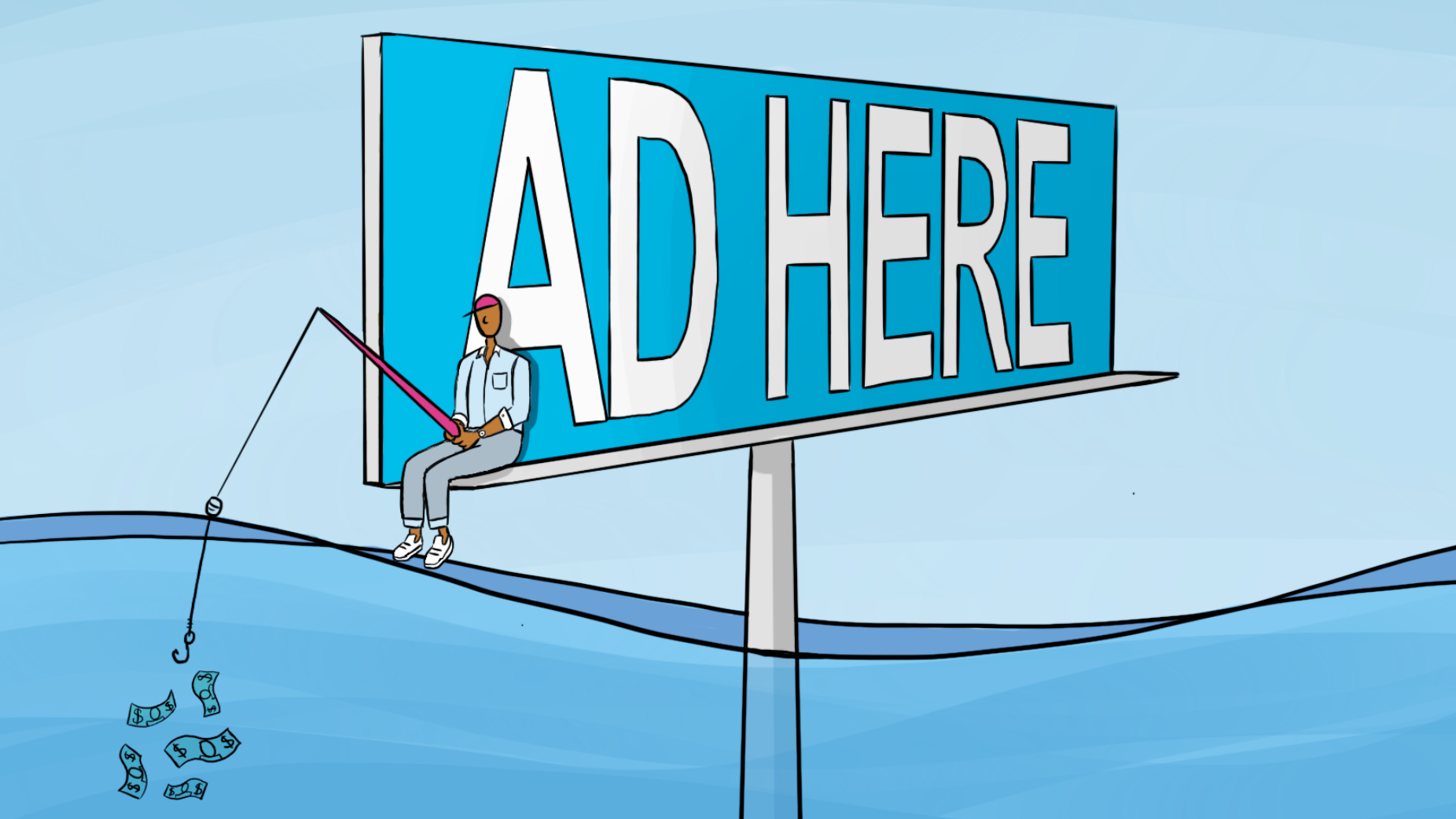It’s time to rip the band-aid off: The U.S. economy is in recession following an incredible decade of growth. The National Association of Business Economics predicts a sharp, short slow down with the hope of a year-end bounce back.
However, while spending slows during times of economic unrest, people don’t stop listening to the brands around them. Our consumer-driven culture looks to trusted brands for a sense of relief and stability. Brands that recognize this and continue to communicate strengthen their bonds and better benefit from the eventual bounce back. As the old adage goes, “When times are good you should advertise. When times are bad you must advertise.”
As marketers, we need to bring this inspiration to how we’re helping brands communicating with people. At The Perception we see a lot of inspiration ahead for brands seeking to drive growth.
You Can Have A Louder Voice
Historically, the average ad spend drop is around 13%. While the floor doesn’t necessarily fall out from under us, 13% is a huge number and has a major impact on what people hear and see. As always, fortune favors the bold. A quieter market presents an incredible opportunity to win interest by simply increasing your share-of-voice. That said, be aware of how a crisis can shift preferred communications channels.
This brings us to our next point.
Your Ad Dollars Stretch Further
The cost of advertising, like most other things, drops during recessions. If you’ve been able to salvage your brand’s ad budget, you’re entering a buyer’s market. According to Gayle Troberman, EVP and CMO of iHeartMedia, “Right now, you will probably never get more affordable media with higher consumer engagement…[Consumers] are seeking out more information and content and they’re paying more attention.” Understanding this, there are a couple of considerations to keep in mind.
The first is to lean into your owned channels and partnerships. These are the roots of your brand communications and will keep you grounded and secure as you go forth and be bold. People will return to your owned channels as a source of truth. And they will look to partnerships as an indication of the company your brand keeps. We’ve seen the strength of partnerships large and small, from MasterCard, the Gates Foundation, and Wellcome committing up to $125 million in seed funding for a COVID-19 Therapeutics Accelerator to Lokal Artisan Foods and The Better Box sharing facilities to retain small business viability.
The next consideration is important—if you’re fortunate to have a budget for paid media choose the right medium for your brand. Brands are all different, but each shares the need to be trusted. Times of crisis can bring that trust into question, so focusing on the channels that are, on average, more credible than others can be fruitful. (As the grandparents of mass media, radio and newspaper brands tend to lead the pack.) Keep in mind how these channels fit for your brand. Some may work better for financial or healthcare brands but less for, say, a beer brand.
Our third consideration is not to overthink it. Focus on agility. Act, have an impact, and learn. It will allow you to build long term value while it’s cheap.
You Control A Fresh Brand Narrative
The goal for brands is to ultimately establish an image of stability, responsibility, and category authority in the minds of its audiences. Crises can shake up how people view consumerism and preferences can change during that shift our collective zeitgeist. Even if a brand has solidified an image, there is still power in change. Successful companies modify their messaging to highlight what connects people with the humanity in their brands. People in turn look for comfort and safety from the products and services they bring into their lives. Approaching them with a little empathy goes a long way.
To sum up, rally your team now to continue your brand’s marketing efforts. Plan ahead and make sure your stakeholders are prepared to retain your ad budget in order to put it to good use. Now is not the time to restrict your marketing, but to grab hold of an opportunity to adjust its approach appropriately. Act smartly, boldly, and don’t fear what comes next. By adapting and staying active you can fortify your customer relationships and become a rallying point for category consumers when the economy makes its upward turn.



No Comments.